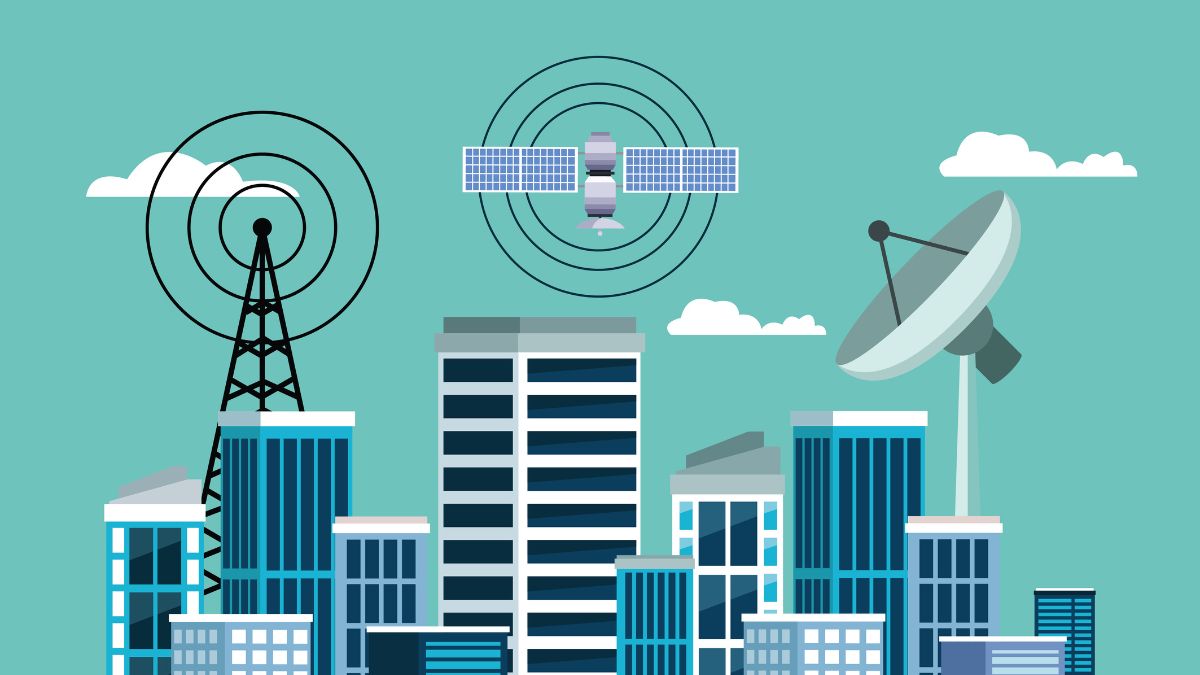High-density buildings such as airports, stadiums, shopping centers, and corporate campuses present a major challenge for reliable wireless communication. Thousands of connected devices operate simultaneously in confined spaces, creating signal congestion and interference that standard cellular networks cannot handle effectively. A Digital Antenna System (DAS) has become a practical solution to this issue, offering reliable and evenly distributed coverage across complex environments.
Understanding Digital Antenna Systems
A Digital Antenna System is a network of interconnected antennas that work together to enhance wireless signal distribution within large or multi-level structures. Unlike analog systems, which transmit radio frequency signals directly, digital DAS converts those signals into digital data and sends them through fiber optic cables. This method reduces signal degradation and ensures consistent performance across all areas of a building.
The system divides a building into smaller coverage zones, each served by a strategically positioned antenna. This structure eliminates signal weak spots that often occur in stairwells, basements, and enclosed rooms.
Benefits of a Digital Antenna System in Crowded Environments
- Consistent Coverage Across All Areas
High-density environments often experience signal fluctuations due to thick walls, reflective materials, or user congestion. A Digital Antenna System distributes coverage evenly, maintaining signal quality in every corner of a building, even during peak usage times. - Increased Network Capacity
As mobile devices and data consumption continue to grow, network capacity becomes critical. Digital DAS manages multiple frequency bands and carriers within a unified infrastructure. This allows more users to connect simultaneously without compromising signal quality or speed. - Minimal Signal Loss
The use of fiber optics for signal transport minimizes interference and distortion, ensuring that signal strength remains consistent from the source to each antenna endpoint. This feature makes digital systems particularly effective in large or multi-building facilities. - Scalable and Future-Ready Design
A Digital Antenna System is built to support future technologies such as 5G and advanced IoT applications. Adjustments can be made through software updates rather than extensive hardware replacements, providing a cost-effective path for long-term upgrades.
Enhancing Connectivity for Modern Infrastructure
Stable wireless coverage is no longer limited to user convenience. It supports operational systems, safety communication, and emergency response within facilities. In hospitals, for instance, digital DAS enables reliable communication between departments and supports medical equipment connected through wireless networks. Similarly, in airports or stadiums, it ensures seamless coordination among staff, security teams, and public service systems.
Many reputed providers, including Maximum Communication, specialize in designing and deploying Digital Antenna Systems that address these challenges. Their solutions focus on optimizing indoor wireless performance, meeting coverage goals, and ensuring compliance with building standards.
Conclusion
A Digital Antenna System delivers the reliability and coverage that high-density environments demand. By maintaining signal quality, supporting multiple carriers, and offering scalable infrastructure, it ensures that communication remains uninterrupted regardless of building size or user load. For developers and organizations seeking efficient indoor connectivity, adopting a digital DAS is a step toward stronger, smarter, and future-ready communication infrastructure.






